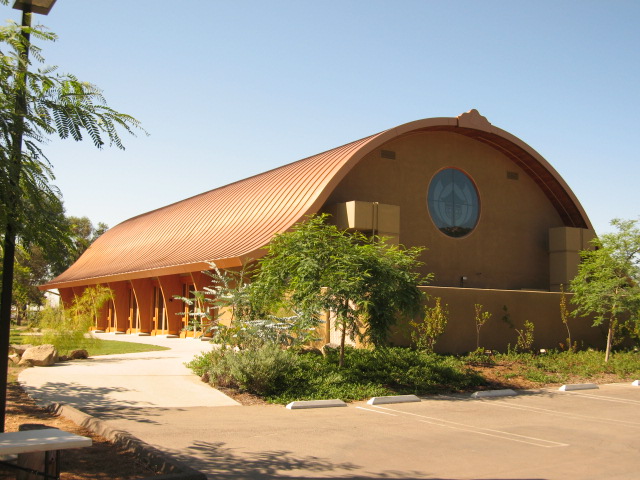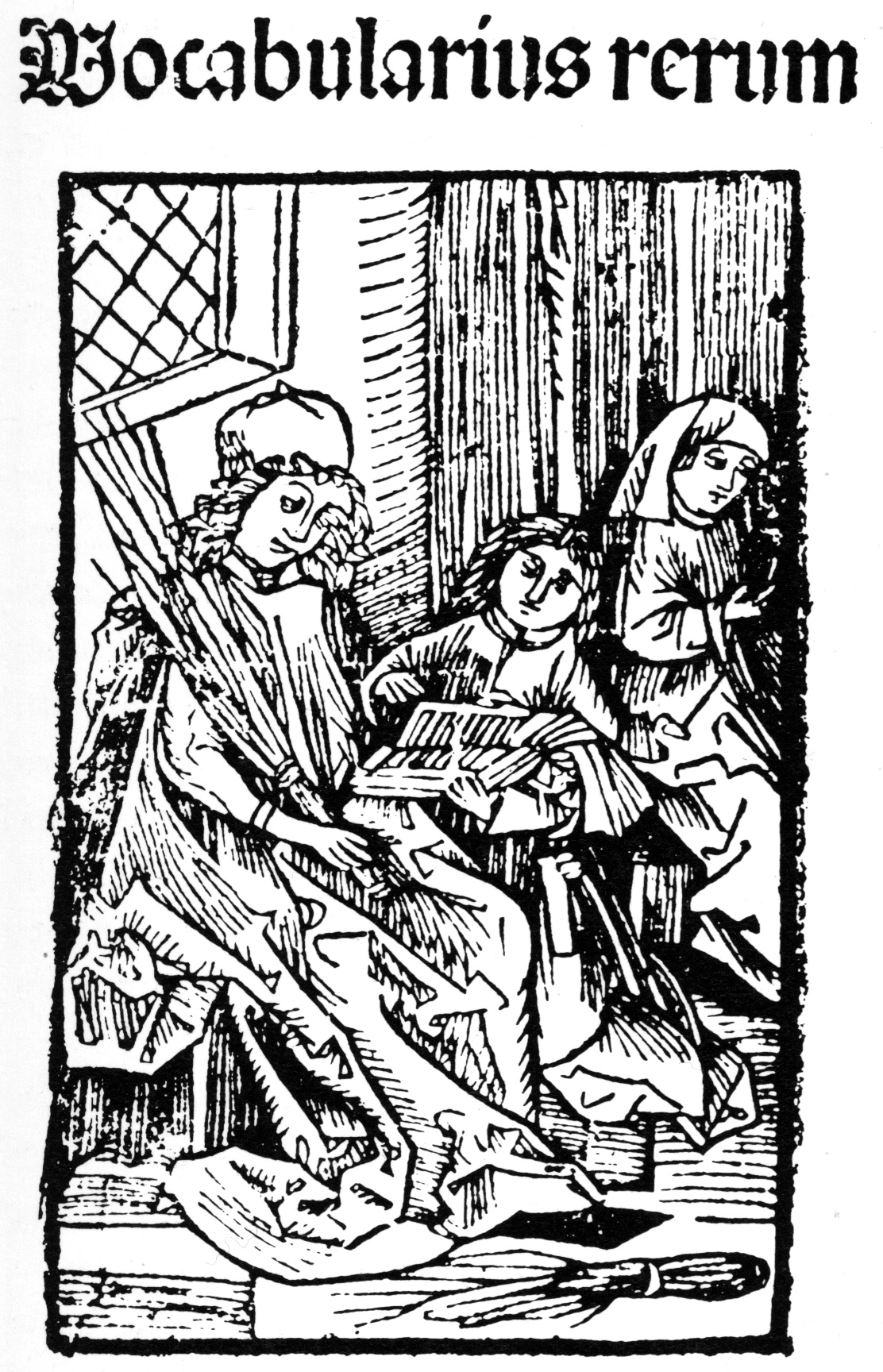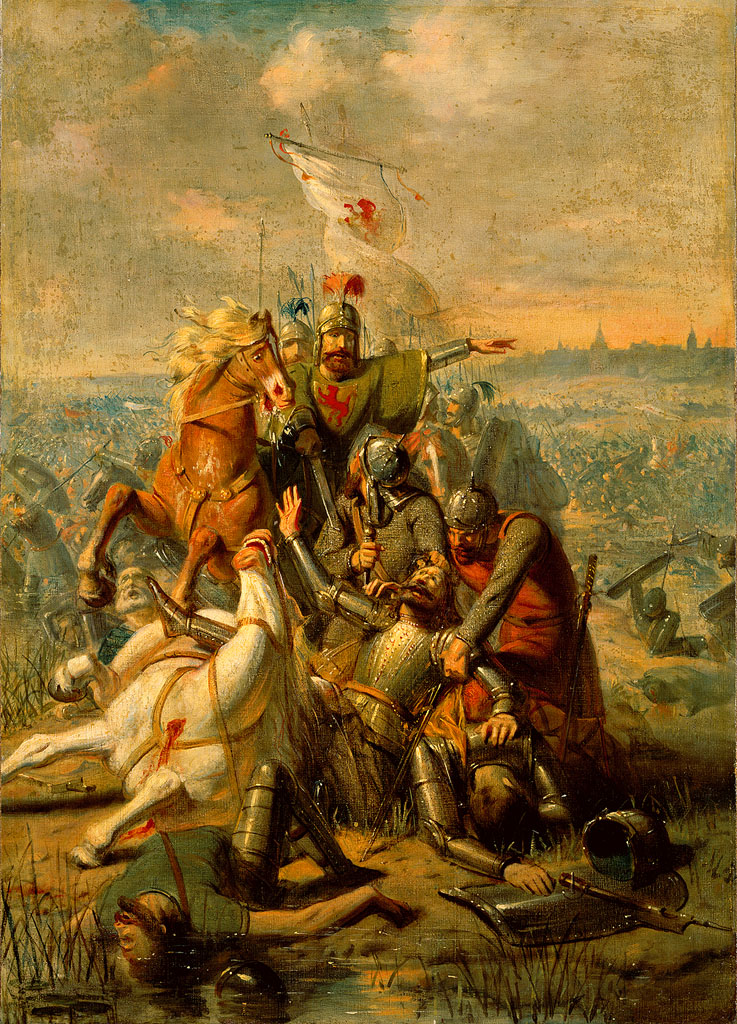|
Vạn Hạnh
Vạn Hạnh ( vi-hantu, 禪師萬行, 938–1018) was a Name of Vietnam, Vietnamese Thiền Buddhist monk. He was well known as the most important teacher, protector, and supporter of Lý Thái Tổ, the first emperor of the Lý dynasty. See also *Vạn Hạnh Monastery References * * {{DEFAULTSORT:Van, Hanh 938 births 1018 deaths 10th-century Vietnamese people Thiền Buddhist monks People from Bắc Ninh province 10th-century Vietnamese poets Lý dynasty poets Lý dynasty Buddhist monks ... [...More Info...] [...Related Items...] OR: [Wikipedia] [Google] [Baidu] |
Name Of Vietnam
Throughout the history of Vietnam, many names were used in reference to Vietnam. History Throughout the history of Vietnam, official and unofficial names have been used in reference to the territory of Vietnam. Vietnam was called Văn Lang during the Hồng Bàng dynasty, Âu Lạc under Thục dynasty, Nam Việt during the Triệu dynasty, Vạn Xuân during the Early Lý dynasty, Đại Cồ Việt during the Đinh dynasty and Early Lê dynasty. Starting in 1054, Vietnam was called Đại Việt (Great Việt). During the Hồ dynasty, Vietnam was called Đại Ngu. Việt Nam ( in Vietnamese language, Vietnamese) is a variation of Nam Việt (Southern Việt), a name that can be traced back to the Triệu dynasty (2nd century BC, also known as Nanyue Kingdom). The word ''Việt'' originated as a shortened form of Baiyue, Bách Việt, a word used to refer to a people who lived in what is now southern China in ancient times. The name ''Việt Nam'', with the syllables in the ... [...More Info...] [...Related Items...] OR: [Wikipedia] [Google] [Baidu] |
Thiền
Thiền Buddhism (, , ) is the name for the Vietnamese school of Zen Buddhism. Thiền is the Sino-Vietnamese pronunciation of the Middle Chinese word 禪 (''chán''), an abbreviation of 禪那 (''chánnà''; thiền na), which is a transliteration of the Sanskrit word ''dhyāna'' ("meditation"). History Early period Chinese Chan Buddhism was introduced during the early Chinese domination of Vietnam, 111 BCE to 939 CE, which also accommodated local animism and Cham influences.Johnston, William M. (editor), ''Encyclopedia of Monasticism,'' p. 276. According to traditional accounts, in 580, an Indian monk named Vinītaruci () who is considered the founder of Thiền, traveled to Vietnam after completing his studies with Sengcan, the third Patriarch of Chan. However, Chan was already present in the country before his arrival. "Thiền Buddhism was already established in Vietnam before Vinītaruci's arrival, for Phap Hien studied under and was ... After Vinītaruci's death, ... [...More Info...] [...Related Items...] OR: [Wikipedia] [Google] [Baidu] |
Teacher
A teacher, also called a schoolteacher or formally an educator, is a person who helps students to acquire knowledge, competence, or virtue, via the practice of teaching. ''Informally'' the role of teacher may be taken on by anyone (e.g. when showing a colleague how to perform a specific task). In some countries, teaching young people of school age may be carried out in an informal setting, such as within the family (homeschooling), rather than in a formal setting such as a school or college. Some other professions may involve a significant amount of teaching (e.g. youth worker, pastor). In most countries, ''formal'' teaching of students is usually carried out by paid professional teachers. This article focuses on those who are ''employed'', as their main role, to teach others in a ''formal'' education context, such as at a school or other place of ''initial'' formal education or training. Duties and functions A teacher's role may vary among cultures. Teachers may provi ... [...More Info...] [...Related Items...] OR: [Wikipedia] [Google] [Baidu] |
Lý Thái Tổ
Lý Thái Tổ ( vi-hantu, , 8 March 974 – 31 March 1028), personal name Lý Công Uẩn, temple name Thái Tổ, was a founding emperor of Lý dynasty and the 6th ruler of Đại Việt; he reigned from 1009 to 1028. Early years Lý Công Uẩn was born in Cổ Pháp village, Đình Bảng, Từ Sơn, Bắc Ninh Province in 974. The identity of his birth-father is unknown. However, little is known about his maternal side except that his mother was surnamed Phạm.''Đại Việt sử ký toàn thư'' "Basic Annals"vol. 2text: "其母范氏" According to the Vietnamese chronicle ''Đại Việt sử ký toàn thư'', his mother gave him up for adoption to a Buddhist monk named Lý Khánh Vân at the age of three. The Lý clan of Lý Công Uẩn's adoptive father Lý Khánh Văn was a clan that originated from Phong Châu district. Công Uẩn was educated by monk Vạn Hạnh, the most eminent Buddhist patriarch of the time, in the village of Đình Bảng, a short distan ... [...More Info...] [...Related Items...] OR: [Wikipedia] [Google] [Baidu] |
Lý Dynasty
The Lý dynasty (, , chữ Nôm: 茹李, chữ Hán: 朝李, Vietnamese language, Vietnamese: ''triều Lý''), officially Đại Cồ Việt (chữ Hán: 大瞿越) from 1009 to 1054 and Đại Việt (chữ Hán: 大越) from 1054 to 1225, was a List of Vietnamese dynasties, Vietnamese dynasty that existed from 1009 to 1225. It was established by Lý Công Uẩn when he overthrew the Early Lê dynasty. The dynasty ended when empress regnant Lý Chiêu Hoàng (then 8 years old) was pressured to abdicate the throne in favor of her husband, Trần Cảnh in 1225, the dynasty lasted for 216 years. During Lý Thánh Tông's reign, the official name of the state was changed from Đại Cồ Việt to Đại Việt, a name that would remain Vietnam's official name until the onset of the 19th century. Domestically, while the Lý emperors were devout in their adherence to Buddhism, the influence of Confucianism from China was on the rise, with the opening of the Temple of Literature, Ha ... [...More Info...] [...Related Items...] OR: [Wikipedia] [Google] [Baidu] |
Vạn Hạnh Monastery
Vạn Hạnh Monastery is a Thiền Buddhist temple in Ho Chi Minh City, the largest city in Vietnam. The temple is located at 716 Nguyễn Kiệm Street on the road between Go Vap and Phu Nhuan districts. It is the location of the main Buddhist training centre for sangha in Vietnam, and is also the office of the Vietnamese Buddhist Research Institute. Before the fall of Saigon in 1975, the site of the temple was the campus of the school of applied science of Vạn Hạnh Buddhist University, under the leadership of Thích Minh Châu. In 1976, with the reunification of Vietnam. It was converted into a Thiền meditation temple and Buddhist research centre. The temple is located on a block of land of one hectare in size. It comprises a main ceremonial hall, a patriarch hall, living and dining quarters for the sangha and separate facilities for various educational institutions. These include the office of the Vietnamese Buddhist Research Institute, the office of the Society for the ... [...More Info...] [...Related Items...] OR: [Wikipedia] [Google] [Baidu] |
938 Births
Year 938 ( CMXXXVIII) was a common year starting on Monday of the Julian calendar. Events By place Europe * Summer – The Hungarian army invades Northern Italy with the permission of King Hugh of Arles. They cross the Apennines, and sack the Lombard lands in Tuscany, Lazio and Campania. Finally, the Hungarians are defeated at Wolfenbüttel by a Saxon army. * July – King Otto I besieges the fortress of Eresburg. He defeats his half-brother Thankmar and kills him as he tries to find sanctuary. Eberhard III, duke of Franconia, is banished and replaced by his uncle Berthold. * Fall – Otto I defeats in two campaigns a series of uprisings in Saxony, Franconia and Lotharingia.Timothy Reuter (1999). ''The New Cambridge Medieval History, Volume III'', p. 245. . He signs a "friendship pact" with King Louis IV ("d'Outremer") of the West Frankish Kingdom. Asia * Battle of Bach Dang: Tĩnh Hải Quân forces under the rule of Ngô Quyền defeated an invadi ... [...More Info...] [...Related Items...] OR: [Wikipedia] [Google] [Baidu] |
1018 Deaths
Year 1018 ( MXVIII) was a common year starting on Wednesday of the Julian calendar. Events By place Europe * January 30 – The Peace of Bautzen: Emperor Henry II signs a peace treaty with Bolesław I the Brave, Duke of Poland, ending the German–Polish War. Poland keeps Lusatia – the Holy Roman Empire keeps Bohemia. With this peace agreement, Bolesław redirects his forces on an offensive against the Kievan Rus'. * July 22– 23 – Battle of the River Bug: Polish forces under Bolesław I defeat Yaroslav the Wise near the River Bug. Yaroslav retreats to Novgorod, abandoning Kiev. * July 29 – Battle of Vlaardingen: Henry II sends an army towards Holland to subdue the rebellious Count Dirk III. The Imperial forces are defeated near Vlaardingen. * August – Ivats, Bulgarian nobleman and rebel leader, is blinded and captured by ''strategos'' Eustathios Daphnomeles, confirming Bulgaria's position as part of the Byzantine Empire. * August 14 &nd ... [...More Info...] [...Related Items...] OR: [Wikipedia] [Google] [Baidu] |
10th-century Vietnamese People
1 (one, unit, unity) is a number, numeral, and glyph. It is the first and smallest positive integer of the infinite sequence of natural numbers. This fundamental property has led to its unique uses in other fields, ranging from science to sports, where it commonly denotes the first, leading, or top thing in a group. 1 is the unit of counting or measurement, a determiner for singular nouns, and a gender-neutral pronoun. Historically, the representation of 1 evolved from ancient Sumerian and Babylonian symbols to the modern Arabic numeral. In mathematics, 1 is the multiplicative identity, meaning that any number multiplied by 1 equals the same number. 1 is by convention not considered a prime number. In digital technology, 1 represents the "on" state in binary code, the foundation of computing. Philosophically, 1 symbolizes the ultimate reality or source of existence in various traditions. In mathematics The number 1 is the first natural number after 0. Each natural number, ... [...More Info...] [...Related Items...] OR: [Wikipedia] [Google] [Baidu] |
Thiền Buddhist Monks
Thiền Buddhism (, , ) is the name for the Vietnamese school of Zen Buddhism. Thiền is the Sino-Vietnamese pronunciation of the Middle Chinese word 禪 (''chán''), an abbreviation of 禪那 (''chánnà''; thiền na), which is a transliteration of the Sanskrit word ''dhyāna'' ("meditation"). History Early period Chinese Chan Buddhism was introduced during the early Chinese domination of Vietnam, 111 BCE to 939 CE, which also accommodated local animism and Cham influences.Johnston, William M. (editor), ''Encyclopedia of Monasticism,'' p. 276. According to traditional accounts, in 580, an Indian monk named Vinītaruci () who is considered the founder of Thiền, traveled to Vietnam after completing his studies with Sengcan, the third Patriarch of Chan. However, Chan was already present in the country before his arrival. "Thiền Buddhism was already established in Vietnam before Vinītaruci's arrival, for Phap Hien studied under and was ... After Vinītaruci's death, Ph ... [...More Info...] [...Related Items...] OR: [Wikipedia] [Google] [Baidu] |
People From Bắc Ninh Province
The term "the people" refers to the public or common mass of people of a polity. As such it is a concept of human rights law, international law as well as constitutional law, particularly used for claims of popular sovereignty. In contrast, a people is any plurality of persons considered as a whole. Used in politics and law, the term "a people" refers to the collective or community of an ethnic group or nation. Concepts Legal Chapter One, Article One of the Charter of the United Nations states that "peoples" have the right to self-determination. Though the mere status as peoples and the right to self-determination, as for example in the case of Indigenous peoples (''peoples'', as in all groups of indigenous people, not merely all indigenous persons as in ''indigenous people''), does not automatically provide for independent sovereignty and therefore secession. Indeed, judge Ivor Jennings identified the inherent problems in the right of "peoples" to self-determination, ... [...More Info...] [...Related Items...] OR: [Wikipedia] [Google] [Baidu] |
10th-century Vietnamese Poets
1 (one, unit, unity) is a number, numeral, and glyph. It is the first and smallest positive integer of the infinite sequence of natural numbers. This fundamental property has led to its unique uses in other fields, ranging from science to sports, where it commonly denotes the first, leading, or top thing in a group. 1 is the unit of counting or measurement, a determiner for singular nouns, and a gender-neutral pronoun. Historically, the representation of 1 evolved from ancient Sumerian and Babylonian symbols to the modern Arabic numeral. In mathematics, 1 is the multiplicative identity, meaning that any number multiplied by 1 equals the same number. 1 is by convention not considered a prime number. In digital technology, 1 represents the "on" state in binary code, the foundation of computing. Philosophically, 1 symbolizes the ultimate reality or source of existence in various traditions. In mathematics The number 1 is the first natural number after 0. Each natural number, ... [...More Info...] [...Related Items...] OR: [Wikipedia] [Google] [Baidu] |






